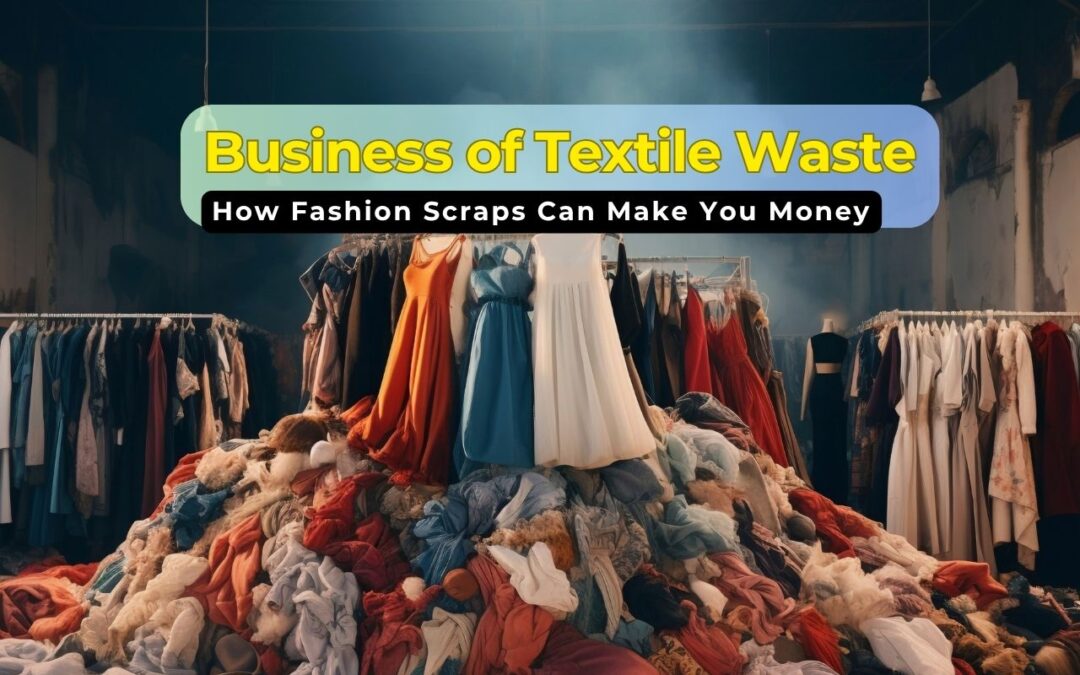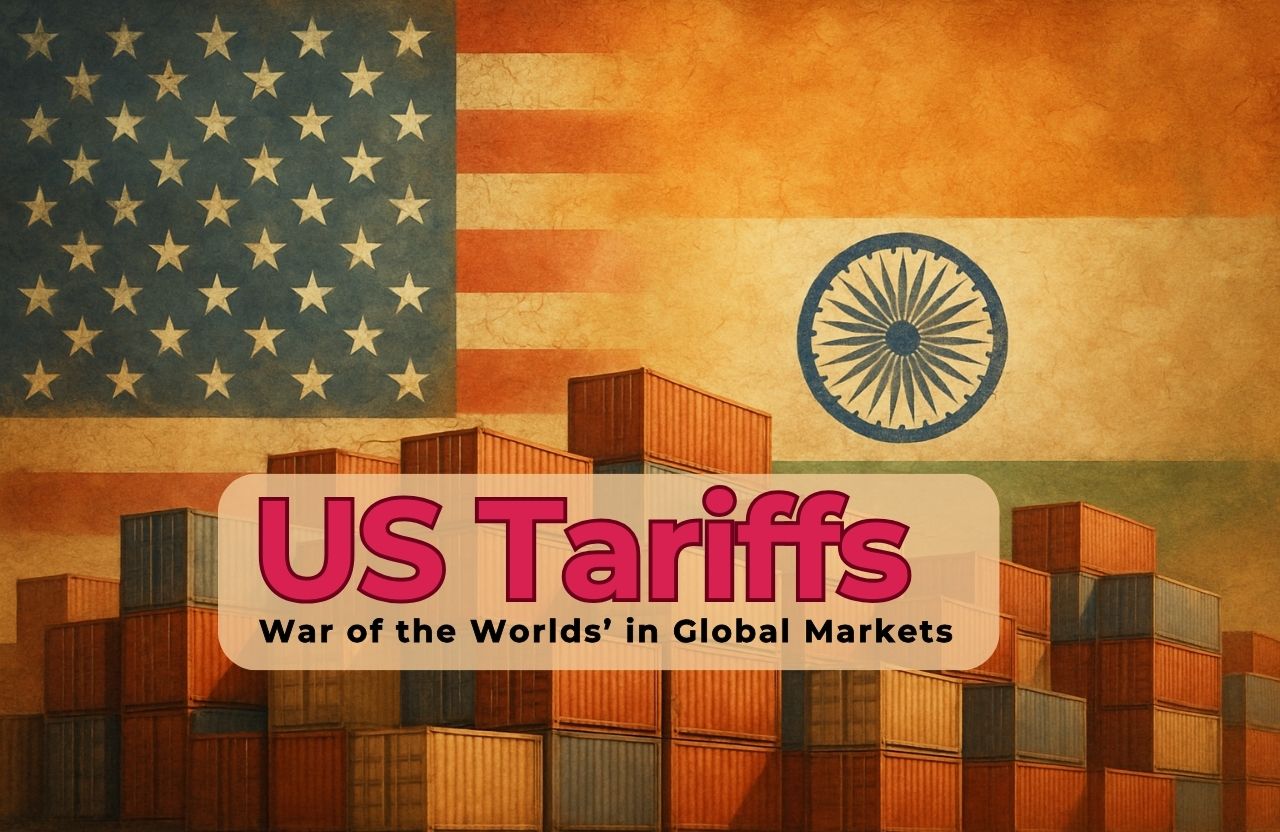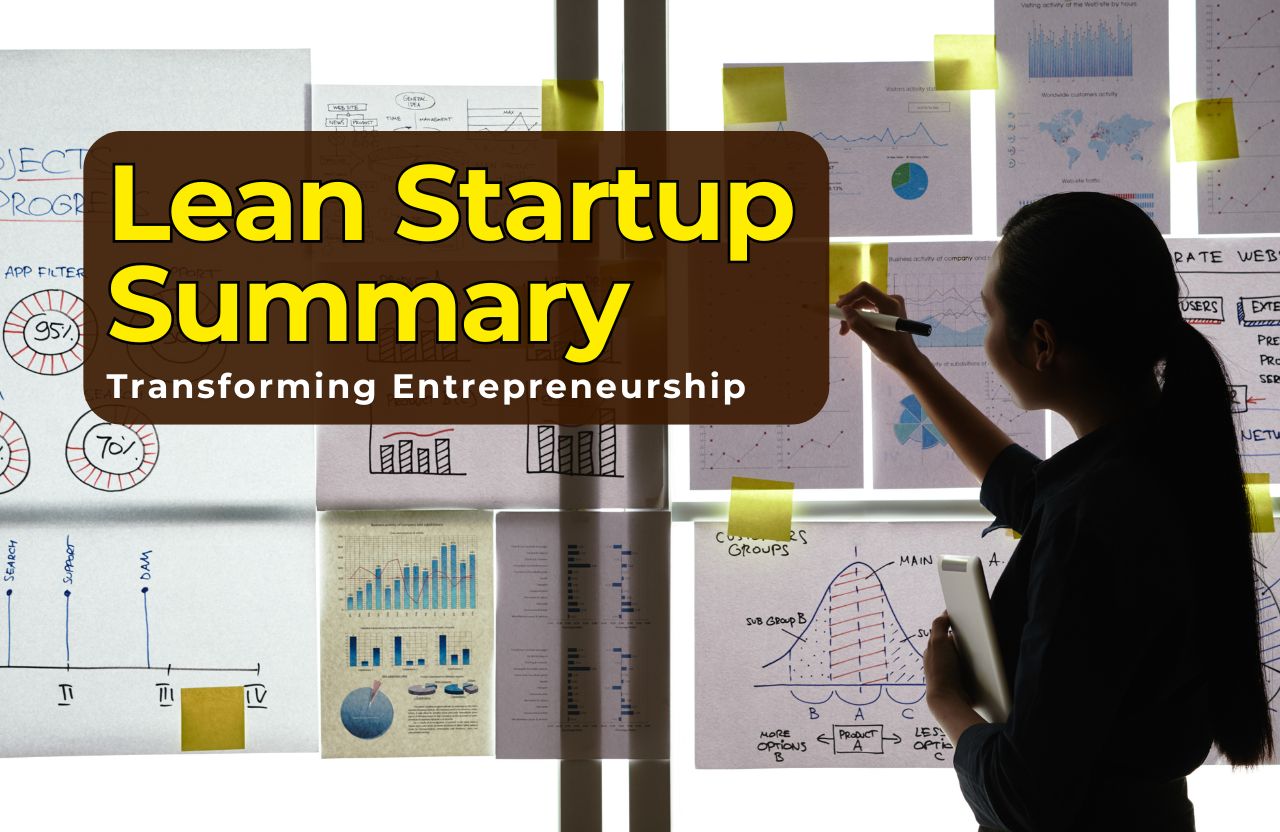In today’s fashion-driven world, the industry has grown into one of the most polluting sectors globally. Every year, millions of tons of textile waste end up in landfills or are incinerated, contributing significantly to environmental degradation. Yet, within this problem lies a powerful business opportunity. Textile waste, often overlooked and undervalued, can be transformed into a thriving and impactful business model. In this comprehensive guide, we will explore how you can enter the business of textile waste and turn fashion scraps into profits.
The Global Crisis of Textile Waste
The fashion industry generates approximately 92 million tons of textile waste annually. Much of this waste comes from manufacturing offcuts, unsold inventory, and post-consumer discarded clothing. A significant portion of these textiles are non-biodegradable and take decades or even centuries to decompose.
Fast fashion, in particular, has amplified the issue. The rise of cheap, disposable clothing has led to a culture of overconsumption. In turn, the average consumer today discards garments after just seven to ten wears.
However, with environmental concerns on the rise and consumer preferences shifting towards sustainability, there is an increasing demand for eco-conscious products. Businesses that prioritize reducing waste and reusing materials are gaining traction. This is where the business of textile waste steps in.
Why Textile Waste is a Profitable Business Opportunity
1. Low-Cost or Free Raw Materials
Many tailors, manufacturers, and fashion retailers are eager to dispose of fabric scraps that are taking up space. Often, you can acquire these materials at minimal or no cost.
2. Eco-Conscious Consumer Base
Today’s consumers are increasingly aware of the environmental impact of their purchases. They are actively seeking out brands that prioritize sustainability, transparency, and ethical practices.
3. Government and NGO Support
Governments and non-profit organizations are offering grants, subsidies, and resources to businesses that promote recycling and sustainable practices. This support can help reduce startup costs and scale operations.
4. Circular Economy Advantages
Participating in the circular economy not only helps the planet but also opens doors to partnerships, certifications, and marketing opportunities that can drive revenue.
Profitable Business Ideas Using Fashion Scraps
1. Upcycled Fashion Brands
One of the most direct and creative uses of fabric waste is launching an upcycled fashion line. This involves taking leftover textiles and turning them into new garments, often with unique, one-of-a-kind designs.
Real-Life Example: Brands like Tonlé and Zero Waste Daniel have built successful businesses by transforming textile scraps into fashion-forward pieces.
How to Monetize:
- Sell online via your own website, Etsy, or Shopify.
- Partner with eco-boutiques and local fashion events.
- Build a social media presence to share the story behind each piece.
2. Accessories & Small Goods
Smaller scraps can be turned into:
- Hair scrunchies
- Tote bags
- Face masks
- Wallets and pouches
These items require minimal materials and are often easier to produce at scale.
3. Home Decor Products
Fabric scraps can be used to create:
- Quilts and throws
- Cushion covers
- Rugs
- Wall hangings
These products are highly marketable and have high perceived value.
4. Textile Art and Custom Pieces
Artists and crafters are always on the lookout for unique materials. Fabric scraps can be bundled and sold for DIY projects, or used to create textile art.
Sales Channels:
- Art fairs
- Online marketplaces
- Interior design collaborations
5. Industrial Uses
Larger volumes of textile waste can be shredded and used as:
- Furniture stuffing
- Automotive padding
- Acoustic and thermal insulation
This option may require partnerships with industrial buyers but can yield consistent income streams.
6. Textile Waste Collection Services
Offer a service to collect, sort, and distribute textile waste. Sell these sorted materials to upcyclers, recyclers, or schools.
How to Monetize:
- Charge businesses a service fee.
- Sell sorted waste in bulk.
- Apply for recycling grants and incentives.
How to Start Your Textile Waste Business
Step 1: Research the Market
Identify the types of textile waste available in your area. Understand what products or materials are in demand. Visit local garment factories, tailors, thrift stores, and recycling centers.
Step 2: Develop a Business Plan
Include:
- Business model (B2C, B2B, hybrid)
- Product line ideas
- Sourcing strategy
- Production plan
- Marketing strategy
- Budget and financial projections
Step 3: Source Textile Waste
Network with:
- Clothing manufacturers
- Retail fashion brands
- Tailors and dry cleaners
- Consumers via collection drives
Create incentives for these suppliers, such as promoting them as eco-friendly partners.
Step 4: Design and Production
Whether handmade or machine-produced, quality and design will set your products apart. Consider hiring local artisans or collaborating with designers passionate about sustainability.
Step 5: Branding and Marketing
Build a brand that resonates with conscious consumers. Use storytelling to share your impact, your mission, and the unique origins of your products.
Step 6: Sell and Scale
Use multiple channels to grow:
- Online store
- Pop-up shops
- Collaborations with eco-retailers
- Subscription boxes for upcycled goods
Marketing Tips for Your Textile Waste Business
1. Use Powerful Keywords
Incorporate SEO-rich keywords like:
- “Sustainable fashion”
- “Upcycled clothing”
- “Eco-friendly home decor”
- “Zero waste lifestyle”
2. Leverage Social Media
- Share transformation stories (before & after photos)
- Use reels to show the creative process
- Partner with influencers who focus on sustainability
3. Educate Your Audience
Publish content that explains the impact of textile waste. Blog posts, infographics, and videos can boost engagement and build brand trust.
4. Tap into Eco-Friendly Communities
Join Facebook groups, online forums, and marketplaces where sustainable shoppers gather.
5. Offer Customization
Personalization adds value. Allow customers to choose color palettes, patterns, or even send in their own fabric waste.
Tools and Resources to Help You Succeed
- Textile Waste Directories: Find suppliers and buyers of waste fabric.
- Grants & Funding: Look for eco-entrepreneurship funds, such as the Ellen MacArthur Foundation or local government initiatives.
- Certifications: GOTS, OEKO-TEX, or B Corp Certification can add credibility.
- Networking Events: Attend sustainable fashion fairs or textile expos to connect with industry experts.
Challenges to Anticipate
1. Sourcing Consistent Quality
Not all scraps are usable. Develop a sorting system to maintain quality.
2. Scaling Production
As demand grows, you may need to expand your team, invest in machinery, or outsource production while maintaining quality control.
3. Customer Education
Some consumers may not understand or value recycled materials. Use storytelling and education to highlight the benefits.
4. Navigating Regulations
Textile recycling can fall under specific local regulations. Understand your region’s laws regarding waste management and resale.
Success Stories to Inspire You
- Tonlé (Cambodia): A zero-waste fashion brand using offcuts from larger factories to make stylish clothing.
- Fabscrap (New York): A non-profit that collects fabric waste from fashion designers and makes it available to the public.
- The Renewal Workshop: Partners with clothing brands to repair and resell damaged or returned inventory.
Conclusion: Turning Waste into Wealth
The business of textile waste offers a rare win-win opportunity: help the environment while building a profitable venture. With creativity, commitment, and conscious marketing, you can transform fashion scraps into meaningful products that make money and drive change.
Whether you’re crafting one-of-a-kind accessories or operating a full-scale recycling hub, the potential in textile waste is enormous. The future of fashion is circular — and you can be at the forefront of this transformation.
Start today. Because the scraps of yesterday can become the goldmine of tomorrow.













